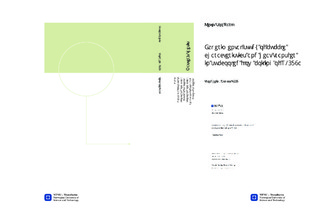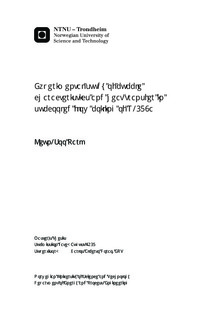| dc.description.abstract | Because of its high heat transfer efficiency, subcooled flow boiling can contribute to the miniaturization of subsea heat exchangers. An experimental investigation was conducted to study the parametric influence on the distribution of bubble sizes and velocities as well as the heat transfer coefficient in the subcooled flow boiling of R-134a in a horizontal conventional annular channel. High-speed visualization was used to capture the flowing bubble behaviors at the end of a heated tube. The association between the heat transfer coefficients and various bubble characteristics, such as bubble size, velocity, population and interfacial area concentration, under different operating conditions were revealed. Most of the bubbles in the experiments slid along the upper part of the heated tube, while only tiny bubbles lifted off the surface. Bubble size distributions have a bimodal shape, composed of two different bubble size groups. The distributions of two bubble size groups follow the type 1 distribution of Pearson?s system and were interpolated using this system in order to to develop a population balance framework for further study. Bubble sliding velocities were based on size indicating that larger bubbles have higher sliding velocities, conversing to the bulk liquid velocity. Through investigating the observed bubble characteristics, coalescence during flowing was identified as the major mechanism of large bubbles formations. The interfacial area concentration shows a close association with the heat transfer coefficient, and they were correlated by a power function. The Jakob number, the ratio of densities and the Boiling numbers have consistent relations with the bubble sizes and velocities. New correlations were proposed for predicting bubble sizes and sliding velocities as functions of these three dimensionless numbers. The suggested correlations agree with the experimental data with deviations of less than 10%. | nb_NO |

